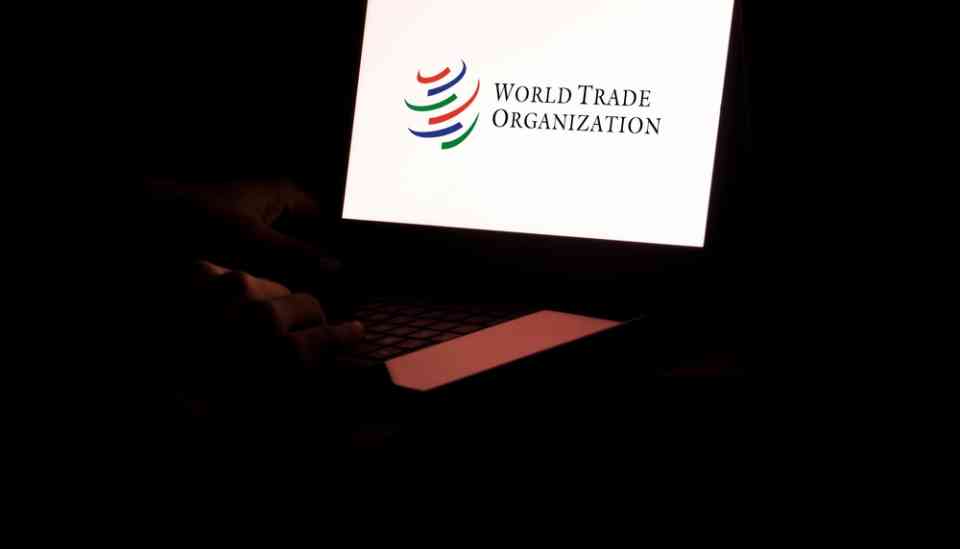Strengthening Global Trade: The Impact of the WTO’s Aid for Trade Initiative

Since 2006, the WTO-led Aid for Trade initiative has contributed an impressive US$ 648 billion to enhance the export capabilities of developing and least-developed countries (LDCs). A new publication titled “Aid for Trade at a Glance 2024,” launched by the WTO and the Organisation for Economic Co-operation and Development (OECD) on 26 June, highlights the initiative’s significant impact on boosting these economies’ trade capacities.
The publication, based on a survey of developing economies, outlines their priorities for Aid for Trade financing. It provides a comprehensive overview of funding flows and examines how this financial support has enabled developing economies, particularly LDCs, to leverage Trade for economic growth, sustainable development, and poverty reduction.
Aid for Trade is instrumental in helping developing economies and LDCs build more resilient, inclusive, and sustainable economies through Trade. It fosters their integration into the global trading system and seeks to enhance support for building supply-side capacity and trade-related infrastructure. However, there is a pressing need for increased efforts to help these economies capitalize on emerging trade opportunities, especially in digital technologies and the green transition.
In 2022, Aid for Trade disbursements and commitments saw a remarkable surge, surpassing pre-pandemic levels. Disbursements hit a record high of US$ 51.1 billion, marking a 14% year-on-year increase in real terms. Commitments also reached a new peak of US$ 65 billion, a 31% increase.
A key component of the Aid for Trade initiative is the monitoring and evaluation (M&E) exercise conducted by the WTO and the OECD. This exercise compiles responses from donors and recipient countries, known as partner countries, through self-assessment questionnaires.
The responses confirm that Trade continues to be a crucial tool for advancing the global development agenda. Partner country respondents identified key areas where Aid for Trade has the greatest impact, including trade facilitation, support for trade policies and regulations (such as regional trade agreements and multilateral trade negotiations), agriculture, and trade education and training. Donors also highlighted trade facilitation and agriculture as areas of significant impact. Additionally, they noted positive effects on digital connectivity and e-commerce, trade-related transport and storage infrastructure, and banking and financial services.
Have you read?
Countries: Powerful Passports.
Countries: Richest.
Countries: Poorest.
Countries: Happiest.
Countries: Life Expectancy.
Bring the best of the CEOWORLD magazine's global journalism to audiences in the United States and around the world. - Add CEOWORLD magazine to your Google News feed.
Follow CEOWORLD magazine headlines on: Google News, LinkedIn, Twitter, and Facebook.
Copyright 2025 The CEOWORLD magazine. All rights reserved. This material (and any extract from it) must not be copied, redistributed or placed on any website, without CEOWORLD magazine' prior written consent. For media queries, please contact: info@ceoworld.biz








